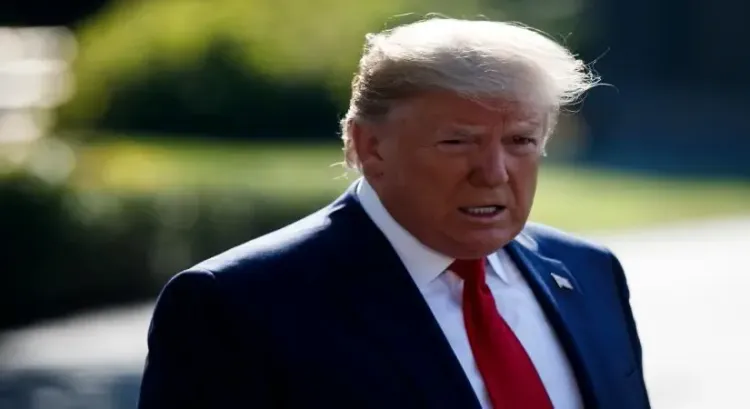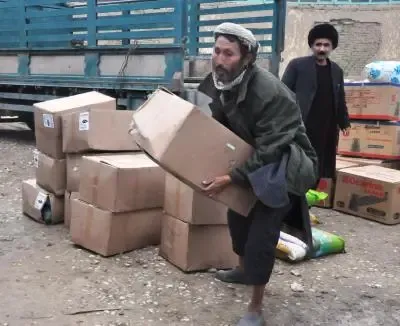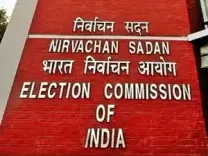Why Did the US Government Shut Down?

Synopsis
Key Takeaways
- The U.S. government has shut down due to a funding impasse.
- Federal services are set to be adversely affected, with layoffs possible.
- Both parties are at a stalemate, with no agreement in sight.
- Essential services like law enforcement will remain operational.
- Previous shutdowns have led to significant disruptions.
Washington, Oct 1 (NationPress) The United States government is in a state of shutdown as lawmakers were unable to reach an agreement on a critical funding bill.
This has resulted in funding cuts for US government departments, leading to the suspension of several federal services. On Tuesday, Democrats blocked the funding proposal put forth by Republicans in the Senate.
Despite a meeting on Monday between Democratic leaders and President Donald Trump, no consensus was reached.
Shortly after their meeting, Trump posted a satirical AI-generated video on Truth Social, targeting House Minority Leader Hakeem Jeffries and Senate Minority Leader Chuck Schumer.
Continuing his criticism on Tuesday, Trump accused Democrats of not compromising, stating he “didn’t see them bend even a little bit.”
He also warned of potential layoffs during the shutdown, claiming, “When you shut it down, you have to do layoffs; we’d be laying off a lot of people.”
Democrats are insisting on reversing the healthcare cuts included in the “Big Beautiful Bill,” which had been approved earlier this year.
In contrast, Republicans have made it clear they will not acquiesce to these demands and proposed to extend funding until November 21.
Although Republicans control both the Senate and the House of Representatives, they are lacking seven votes in the Senate as the funding bill necessitates 60 votes for passage.
This marks the first US government shutdown in seven years, with the last occurring under Trump, lasting for 35 days—making it the longest shutdown in history.
While essential services such as border protection, law enforcement, and air traffic control will remain operational, programs like food assistance, government-funded preschool, food inspection, and national park activities may face disruptions.
If the shutdown persists, challenges in air travel could arise, as many workers may be compelled to work without pay and could choose not to show up for duty.









